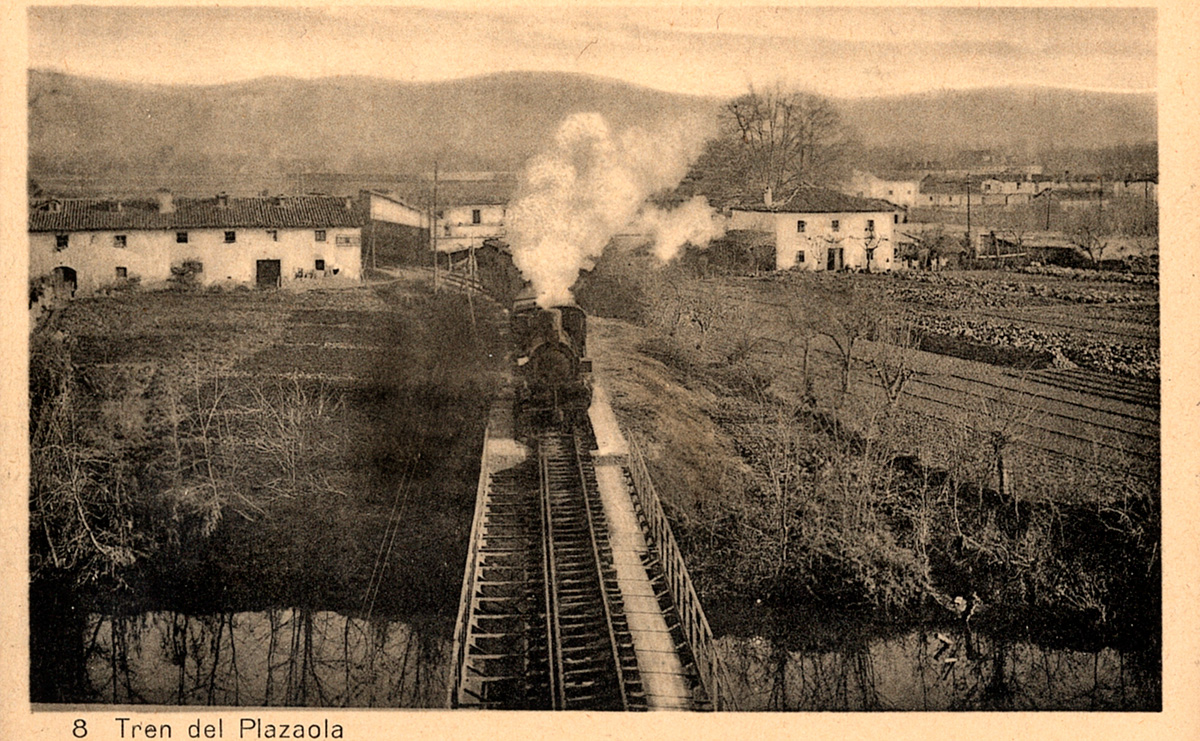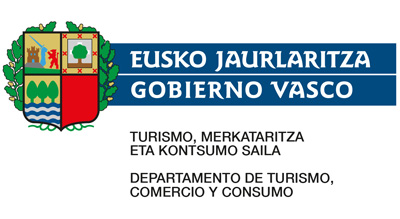Plazaola Greenway Nature Trail
History of the Railway

(DE LEÓN, ANTONIO)
The Plazaola railway, which linked the cities of Donostia-San Sebastián and Pamplona, began as a modest mining railway, with a metric gauge and length of 20 km, that connected the mines of Plazaola, located almost on the border between Navarre and Gipuzkoa, with the “Ferrocarril del Norte” station in Andoain. Its construction was carried out by Sociedad Anónima Leizarán, the owner of the mines, which put it into service in 1905; it was also used, to a certain extent, to transport mainly passengers, miners and loggers.
This first route formed the basis of a further extension, in 1914, towards Donostia-San Sebastián on its south side, and towards Pamplona at its opposite end, thereby completing a line of 84 km. This route, built by the new owner of the mines and railways, “Sociedad Minera Guipuzcoana,” took on challenges as complex as overcoming the Uitzi mountain pass, the Cantabrian-Mediterranean divide and the passage from the Leitzarán Valley to the Larráun Valley. To that end, a 2,630-metre tunnel was built, which was the longest narrow-gauge tunnel in Spain for many years.
At its Gipuzkoa end, the railway ended at Lasarte Station, which was part of the “Ferrocarriles Vascongadas” railways, whose tracks enabled trains to reach Amara Station, in Donostia-San Sebastián, just over 10 km away. Although the new railway, which also had a metric gauge, was designed for passengers and freight, it always had a modest history. After the civil war, the economic situation of this railway, which was not very good, became critical. Finally, the floods of 1953 swept away some of the railway bridges and part of the track, which served as an excuse to close the line permanently.






